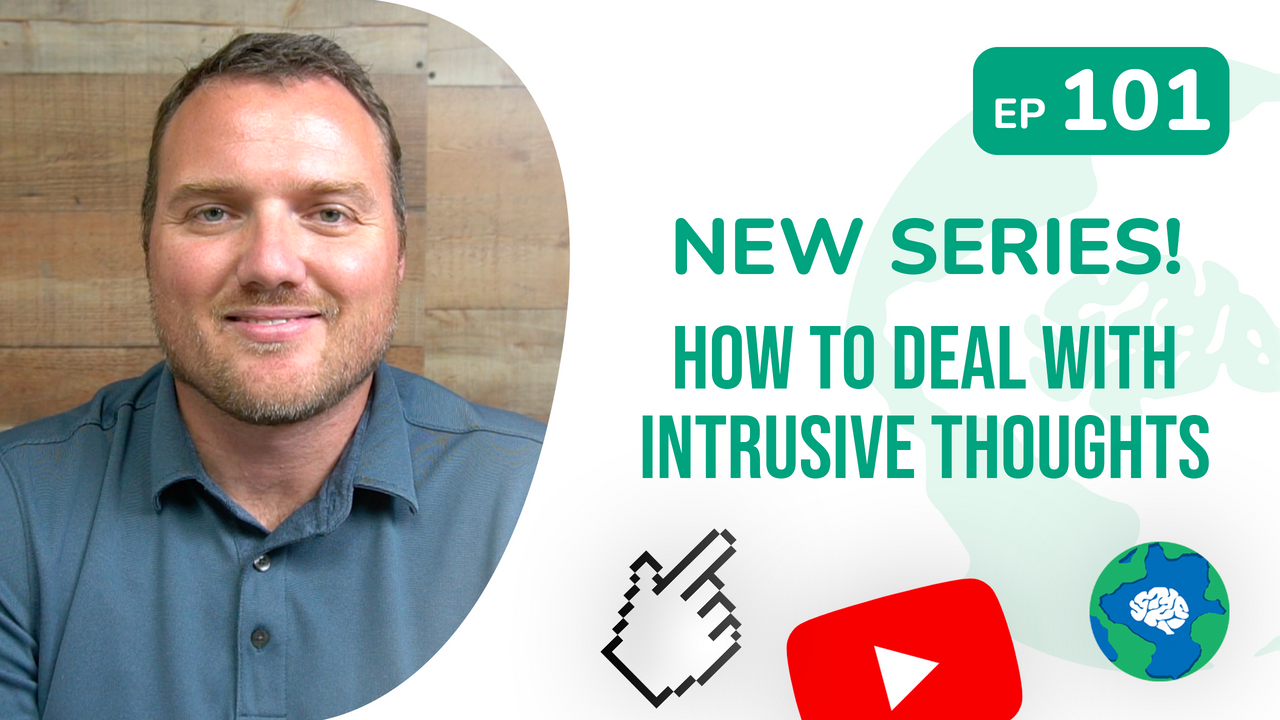NEW SERIES! How to Deal with Intrusive Thoughts
Jul 16, 2021
How to Deal with Intrusive Thoughts: A New Series by Restored Minds
What Are Intrusive Thoughts?
Before diving deeper, it’s crucial to understand what intrusive thoughts are. Intrusive thoughts refer to unwanted, involuntary thoughts, images, or memories that invade a person’s conscious awareness. These thoughts can manifest in various forms, including but not limited to:
-
Violent or Harmful Thoughts:
These might involve thoughts about harming oneself or others.
-
Religious or Existential Thoughts:
Questions about one's faith or big existential queries like "Does God exist?" or "Did I commit a sin?".
-
Sexual and Relationship Thoughts:
Worries concerning one's sexual orientation, fidelity, or the status of personal relationships.
These thoughts used to be categorized under "purely obsessional OCD" or "pure O," where individuals suffer from obsessions without visible compulsions. However, it's now understood that the loop of obsessive thoughts and anxiety is consistent across various forms of OCD.
How Intrusive Thoughts Work
Intrusive thoughts trigger a cycle involving four main components:
-
Obsessive Thought:
An intrusive thought comes into your mind.
-
Anxious Feeling:
This thought causes a spike of anxiety or emotional distress.
-
Safety Behavior or Compulsion:
You engage in a physical or mental behavior to alleviate the anxiety.
-
Relief:
There is a temporary sense of relief, which reinforces the intrusive thought and keeps the cycle going.
For example, someone with intrusive sexual thoughts might constantly check their attraction levels to others, turning every encounter into a potential trigger.
Breaking the Cycle
Contrary to what one might believe, trying to suppress these thoughts can make the situation worse. The key is to eliminate the safety behaviors rather than focusing on the thoughts themselves. This approach helps break the cycle and diminishes the importance of these intrusive thoughts over time.
Matt emphasizes two critical concepts:
-
Ego-dystonic vs. Ego-syntonic:
Intrusive thoughts are ego-dystonic; they clash with your self-concept, thereby causing anxiety.
-
Story About the Thought:
It’s not the thought itself but the story or belief you attach to the thought that causes distress. Changing this narrative is essential for recovery.


